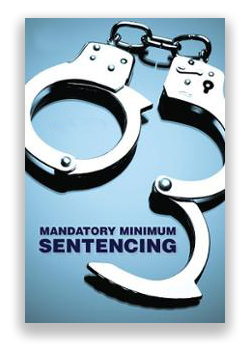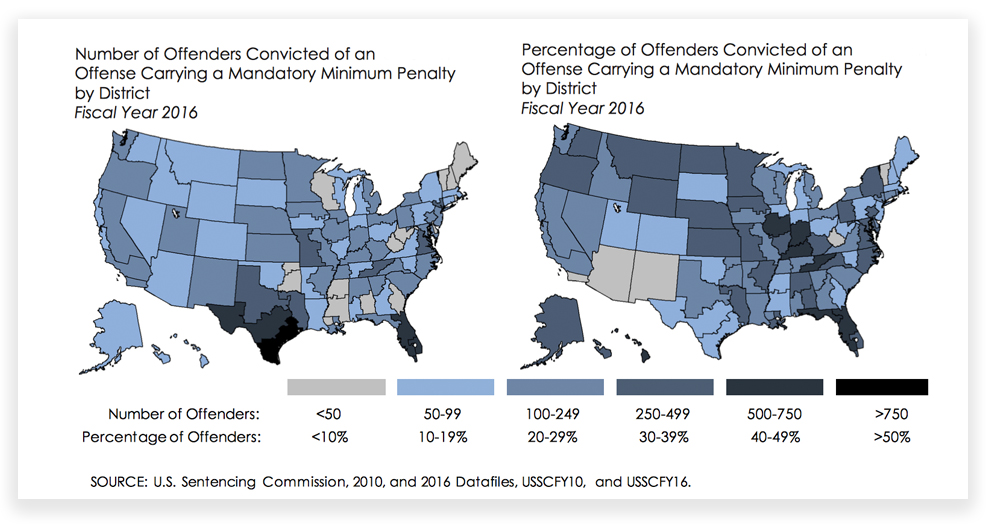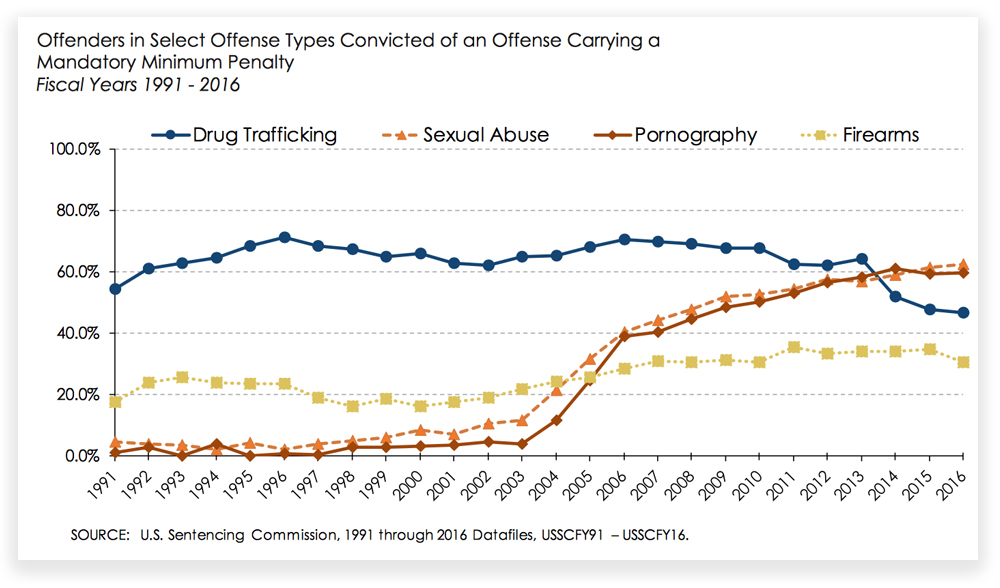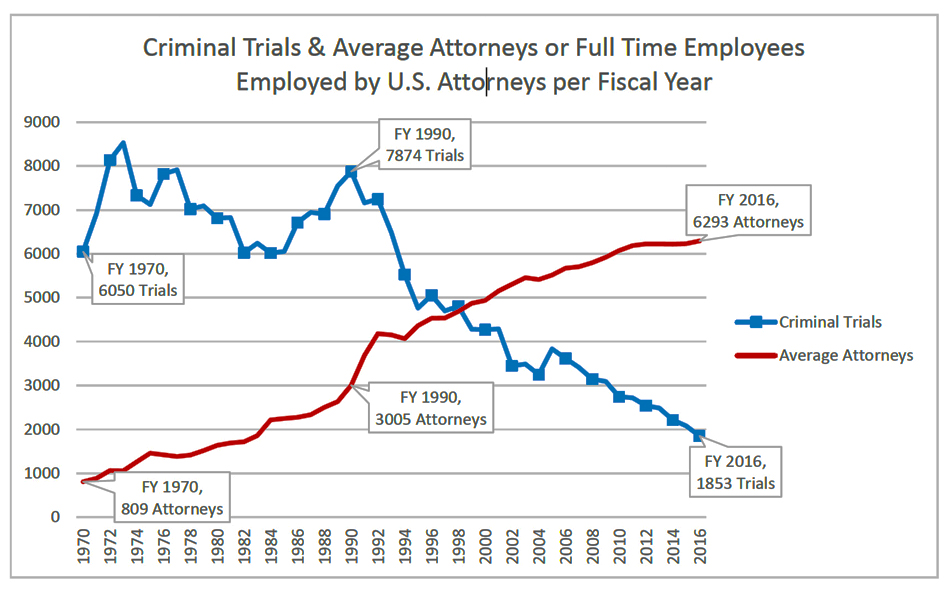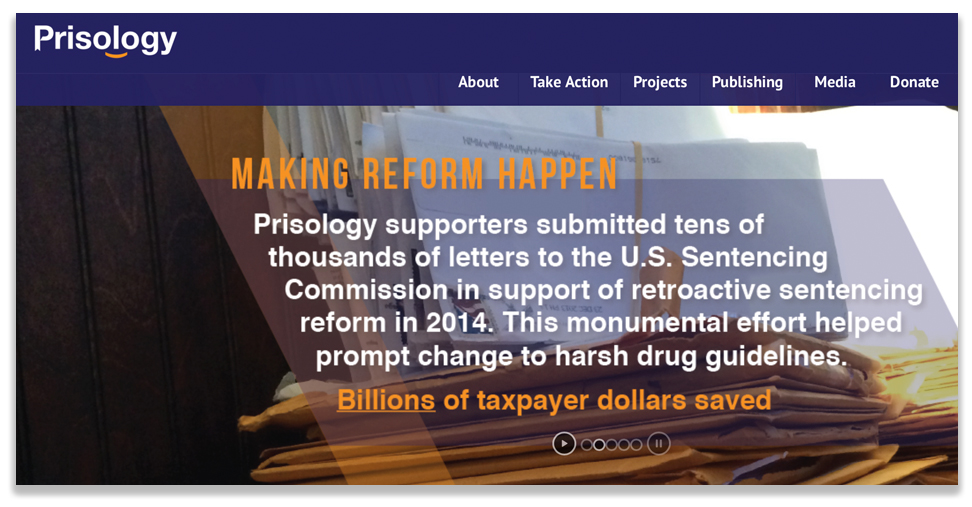We post news and comment on federal criminal justice issues, focused primarily on trial and post-conviction matters, legislative initiatives, and sentencing issues.
SWEEPING UP
Ron White was a “person of interest” to Kansas City law enforcement, a term that makes one sound better than it intends. We think more of a Taylor Swift or a Tom Brady, or even Ivanka Trump, when we hear “person of interest.” But not the KCPD. Law enforcement thought Ron was interesting because they suspected he was involved in a series of violent crimes.
 In pursuit of their interest, officers searched Ron’s parents’ home. They found a black duffel bag in the bedroom Ron had used as a kid and still slept in from time to time. Among the swag in the bag was a stolen Romarm Draco handgun and a Cobray Street Sweeper.
In pursuit of their interest, officers searched Ron’s parents’ home. They found a black duffel bag in the bedroom Ron had used as a kid and still slept in from time to time. Among the swag in the bag was a stolen Romarm Draco handgun and a Cobray Street Sweeper.
The Draco is not a weapon for carefree Saturday afternoons plinking at cans. The Street Sweeper even less so. Described by firearms expert Ian McCollum as a “pretty miserable shotgun,” the Sweeper is an American knockoff of a 1980s South African design, a 12-gauge shotgun with a drum magazine capable of holding a dozen rounds. Think “shotgun revolver.”
 The Street Sweeper may be poorly made and a beast to shoot, but it has great curb appeal. Having played a supporting role in Miami Vice, several of the Robocop movies, and several video games, it’s not surprising that the gun was not seen so much at skeet shooting events as it was at drug deals gone bad. Thus it was that in 1994, the Bureau of Alcohol, Tobacco, Firearms and Explosives classified the Sweeper as a “destructive device” under 26 USC 5845(f). A “destructive device” – in this case “any type of weapon… the barrel or barrels of which have a bore of more than one-half inch in diameter, except a shotgun or shotgun shell which the Secretary finds is generally recognized as particularly suitable for sporting purposes” – may not lawfully be possessed unless registered. (The Street Sweeper, being a 12-gauge shotgun, has a bore diameter of .729 inches.) The Secretary (of the Treasury, in this case), who was not much of a dove hunter, decided the Sweeper has no sporting purpose, and put it on the DD list.
The Street Sweeper may be poorly made and a beast to shoot, but it has great curb appeal. Having played a supporting role in Miami Vice, several of the Robocop movies, and several video games, it’s not surprising that the gun was not seen so much at skeet shooting events as it was at drug deals gone bad. Thus it was that in 1994, the Bureau of Alcohol, Tobacco, Firearms and Explosives classified the Sweeper as a “destructive device” under 26 USC 5845(f). A “destructive device” – in this case “any type of weapon… the barrel or barrels of which have a bore of more than one-half inch in diameter, except a shotgun or shotgun shell which the Secretary finds is generally recognized as particularly suitable for sporting purposes” – may not lawfully be possessed unless registered. (The Street Sweeper, being a 12-gauge shotgun, has a bore diameter of .729 inches.) The Secretary (of the Treasury, in this case), who was not much of a dove hunter, decided the Sweeper has no sporting purpose, and put it on the DD list.
 That caused a problem for Ron, whose Street Sweeper unsurprisingly was not registered. Ron was convicted of possession of a stolen gun (the ugly little Draco) and an unregistered destructive device.
That caused a problem for Ron, whose Street Sweeper unsurprisingly was not registered. Ron was convicted of possession of a stolen gun (the ugly little Draco) and an unregistered destructive device.
A three-judge panel at the 8th Circuit reversed the stolen-gun count, but upheld the conviction on the destructive device and Ron’s 57-month sentence. Earlier this week, on rehearing, ten 8th Circuit judges sitting en banc agreed that the stolen-gun charge was properly reversed. In addition, the Court threw out the destructive device count.
The same year the Street Sweeper became a destructive device, the Supreme Court – concerned that there were so many “look-alike” but lawful guns in circulation – held in Staples v. United States that a district court must instruct the jury that knowledge of the characteristics bringing a firearm or destructive device under the coverage of the National Firearms Act is a necessary element of the offense of possession of an unregistered firearm. In other words, if a shooting enthusiast has an AR-15 – the legal, semi-automatic version of the fully automatic M-16 – but it has been modified to fire like an M-16, the government has to prove the owner knew that.
It’s simply mens rea, the Court said, the “rule of, rather than the exception to, the principles of Anglo-American criminal jurisprudence… Congress need not expressly announce a mens rea in a criminal statute in order for the Supreme Court to predicate conviction under that statute on proof of knowledge or intent.” That’s what Staples held, except that after Staples, the 8th Circuit in United States v. Barr slapped a big asterisk on Staples, holding that where “the characteristics of the weapon itself render it ‘quasi-suspect,’ Staples does not require proof that the defendant knew of the specific characteristics which make the weapon subject to the Act,” but instead the “government need only prove that the defendant possessed the ‘quasi-suspect’ weapon and observed its characteristics.”
 It might be called the “Captain Obvious” exception. If the destructive device is obviously a destructive device, the government does not have to prove the defendant knew it was a destructive device.
It might be called the “Captain Obvious” exception. If the destructive device is obviously a destructive device, the government does not have to prove the defendant knew it was a destructive device.
The en banc Court concluded that the Circuit’s Barr decision was inconsistent with Staples and mens rea. It complained that “Barr placed gun owners in the precarious position of facing strict criminal liability for possessing a firearm merely because a panel of judges may later classify that firearm as part of an arbitrary subcategory of weapons.”
In this case, Barr let the earlier classify the Street Sweeper as “quasi-suspect” for “reasons completely unrelated to the reason Congress chose to regulate the gun.” The gun was regulated because it had a bore of more than one-half inch and was found by a bureaucrat to not be “particularly suitable for sporting purposes.” But the three-judge panel said the Street Sweeper was quasi-suspect because it “a short-barreled twelve-gauge shotgun with a twelve-round drum feed… with the appearance of a large machine gun” and it “does not have the appearance of a traditionally lawful weapon.”
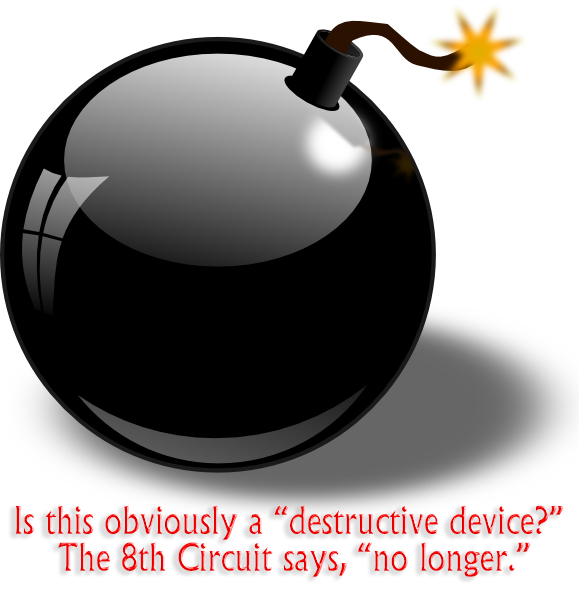 The en banc Court concluded that “Barr’s holding as to the mens rea required for a conviction under the National Firearms Act is wholly inconsistent with Staples and is therefore overruled. By imposing strict criminal liability on owners of “quasi-suspect” guns — an undefined category that invites arbitrary application — Barr contravenes the Supreme Court’s view that Congress did not intend to make outlaws of gun owners who were wholly ignorant of the offending characteristics of their weapons.”
The en banc Court concluded that “Barr’s holding as to the mens rea required for a conviction under the National Firearms Act is wholly inconsistent with Staples and is therefore overruled. By imposing strict criminal liability on owners of “quasi-suspect” guns — an undefined category that invites arbitrary application — Barr contravenes the Supreme Court’s view that Congress did not intend to make outlaws of gun owners who were wholly ignorant of the offending characteristics of their weapons.”
United States v. White, Case No. 15-2027 (8th Cir., July 11, 2017) (en banc)
– Thomas L. Root


